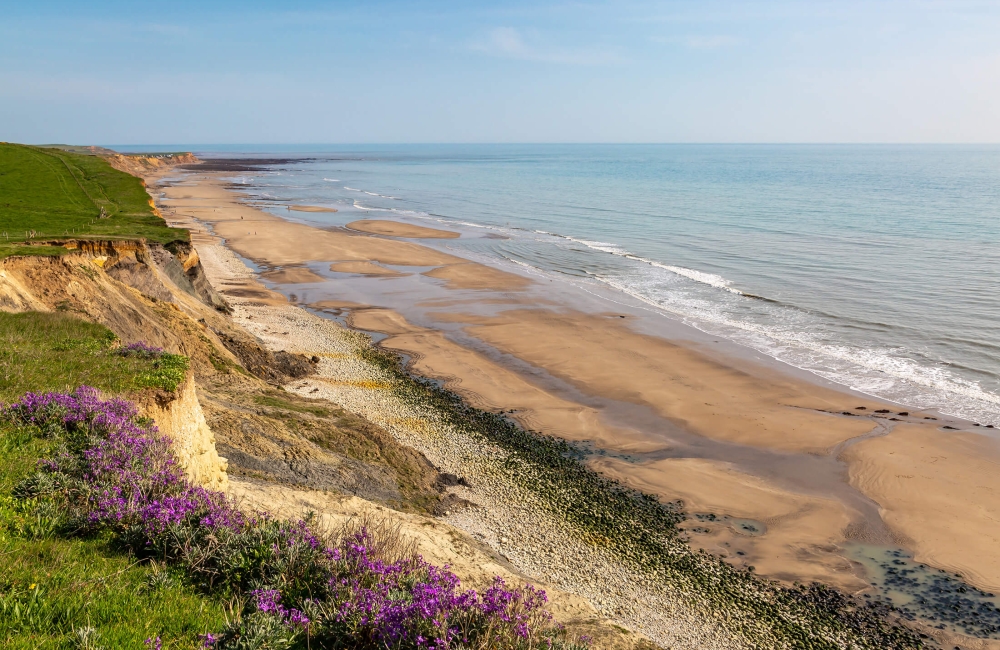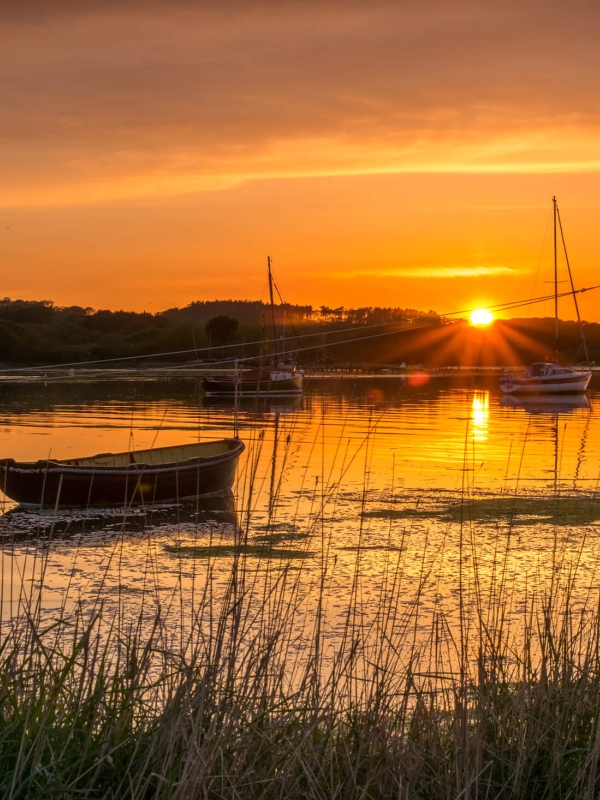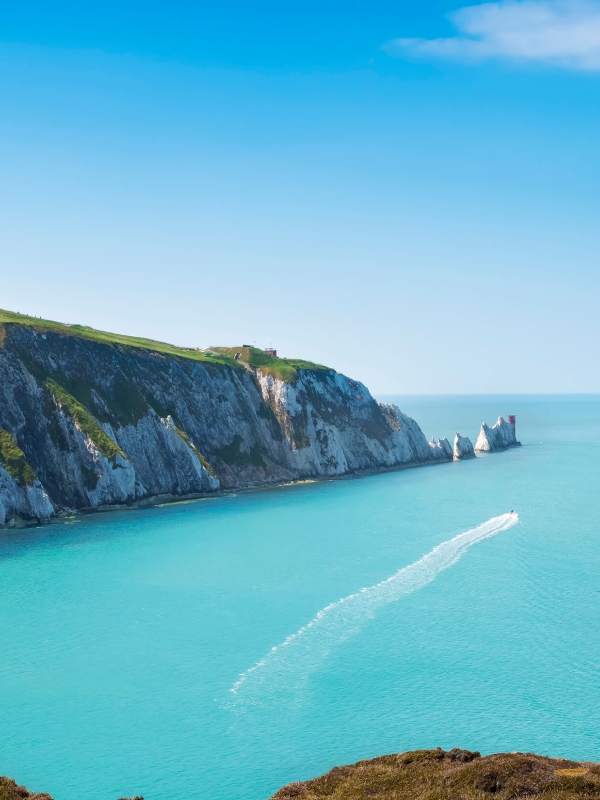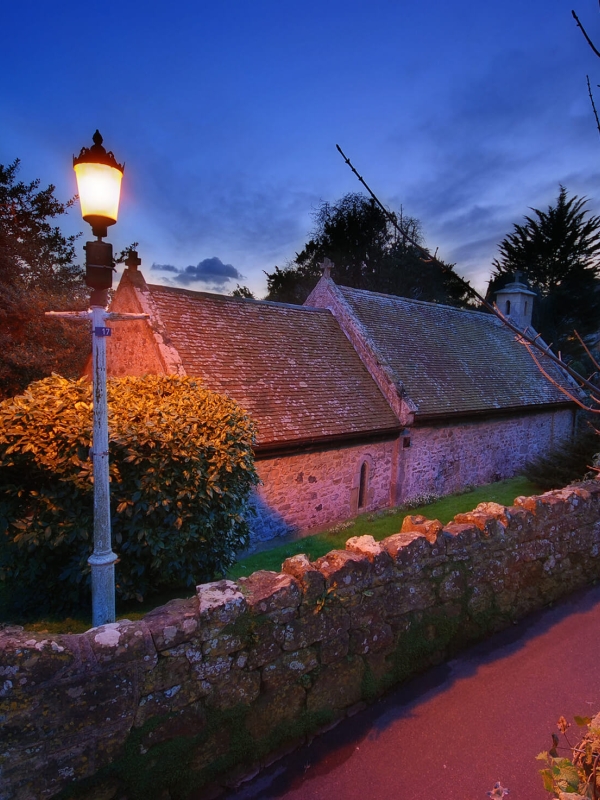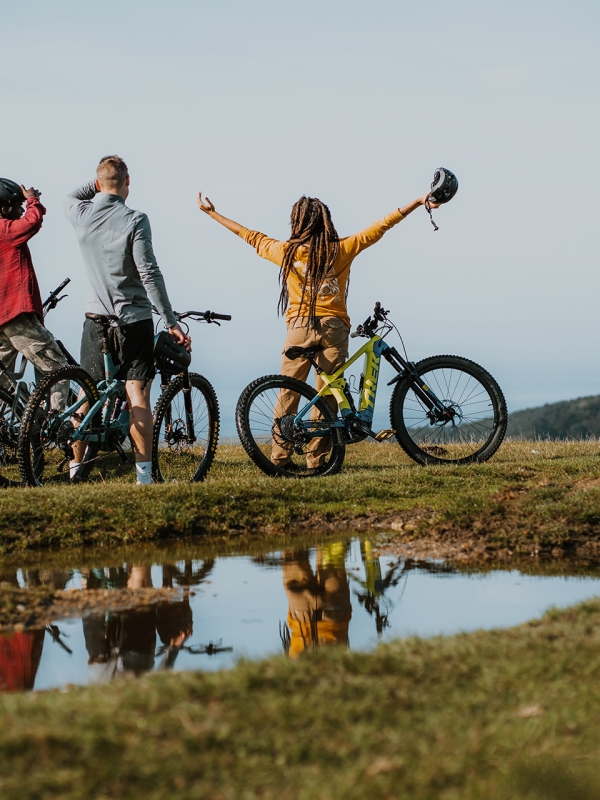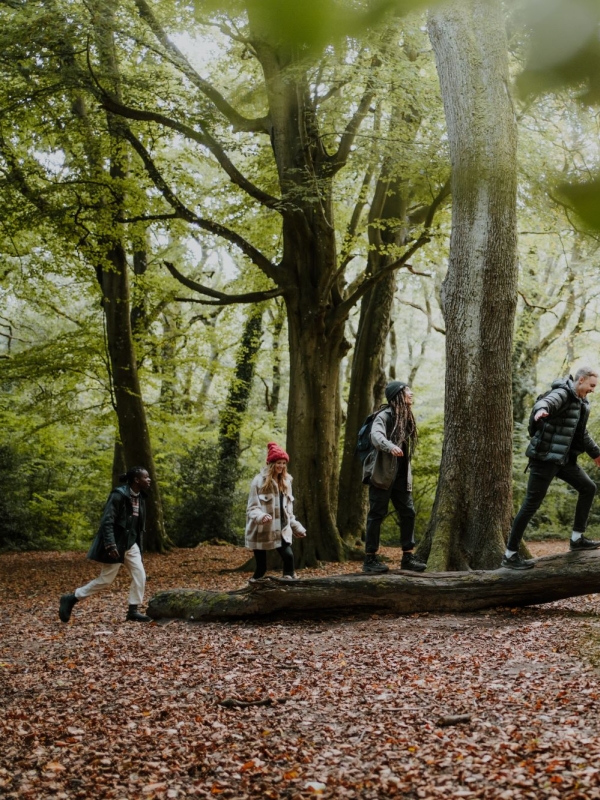Guide to the Best Fossil Hunting Locations
ON THE ISLE OF WIGHT
Where you go to find fossils on the Isle of Wight depends upon what you are hoping to find, as the Island's varied landscapes have been formed by layers of rock pertaining to different periods in history.
If you want to find dinosaur bones then it has to be the south coast, as it dates from the Cretaceous period (145-65 million years ago). The Island's north coast, especially around Newtown and Bembridge are Tertiary Eocene (65–1.8 million years ago), but they do also hold fossils of ancient mammals such as the mammoth.
The oldest Cretaceous layers are known as the Wealden beds, a continental, fluvial deposit of mudstones and sandstones that is famous for its dinosaur remains. The Wealden beds emerge along the south west coast in a long stretch from Compton to Atherfield and at Yaverland beach. Cretaceous rocks underlie most of the southern half of the Island and these areas are where all the best dinosaur fossils have been found!
COMPTON TO BLACKGANG
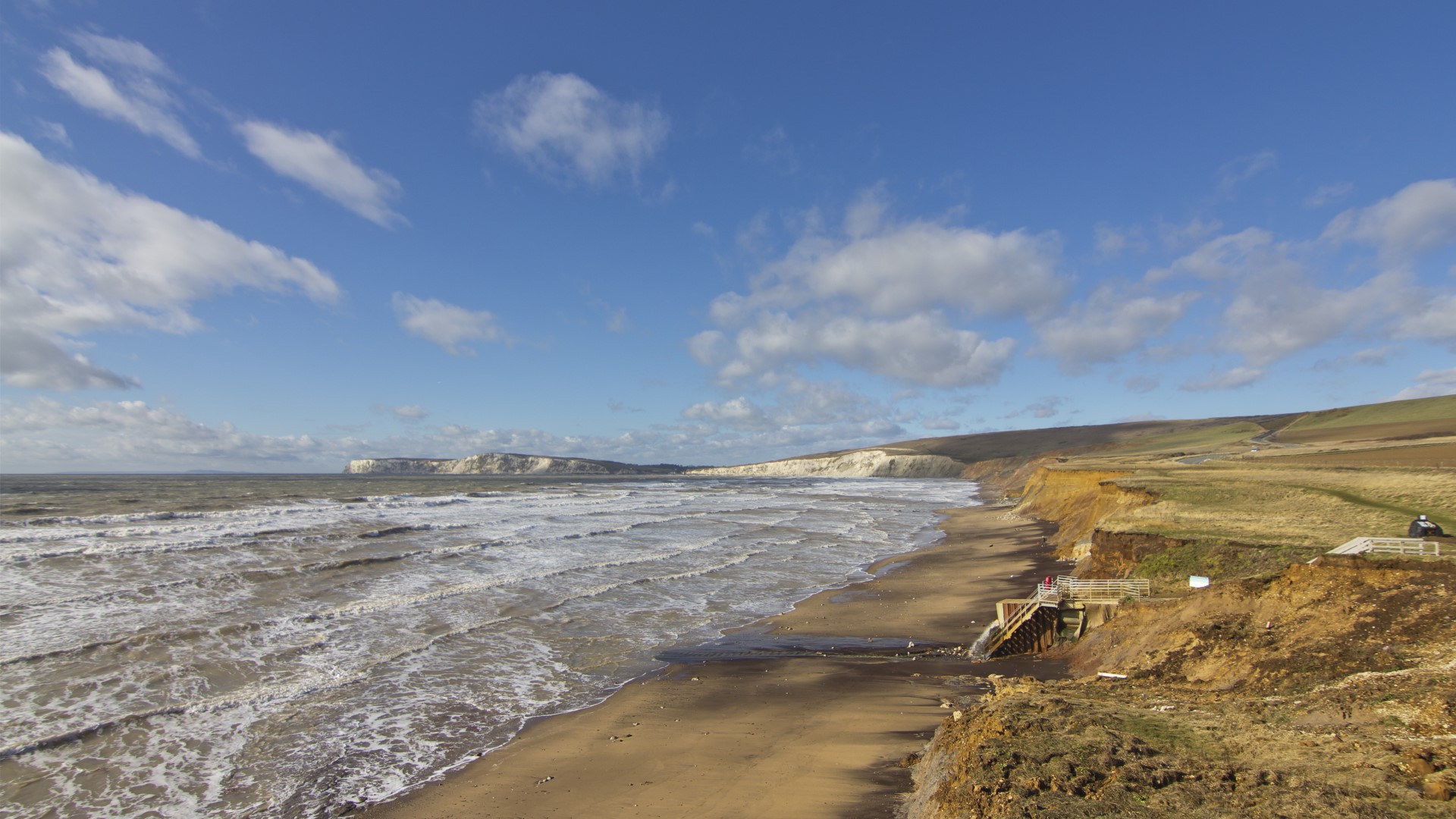
On Compton Beach you can find a lot of different types of fossil, including dinosaur bone, and you can see the different layers of rock very clearly. Apart from dinosaur bones there are lots of shellfish, oysters and fossilised wood from the petrified forest under the high water mark at Hanover Point. Make sure you see the dinosaur footprints at low tide, but it’s best to have a guide.
Brighstone Bay is famous for the partial Sauropod skeleton found by Portsmouth University and this is where William Fox found most of his collection back in the 1800s. Dinosaur remains are often found along this coastline and 'Barnes High' was featured on the television programme 'Live from Dinosaur Island’, as was a lot of this coast. From Shepherd’s Chine at Atherfield to St Catherine’s Point is ammonite country, if you are lucky enough to find one. These vary from very small specimens to those that are about a metre in diameter. You won’t be able to get the larger ones off of the beach and you’re not supposed to. Shepherds Chine also yields some superb fish remains such as lobsters, brachiopods, bivalves and occasional dinosaur bones. Further along the coast southwards is Whale Chine, which is good for ammonites as is the seashore on round to Blackgang and Rocken End. But these beaches are fairly inaccessible and you may need to climb or use a rope to get down to them.
LUCCOMBE TO WHITECLIFF BAY
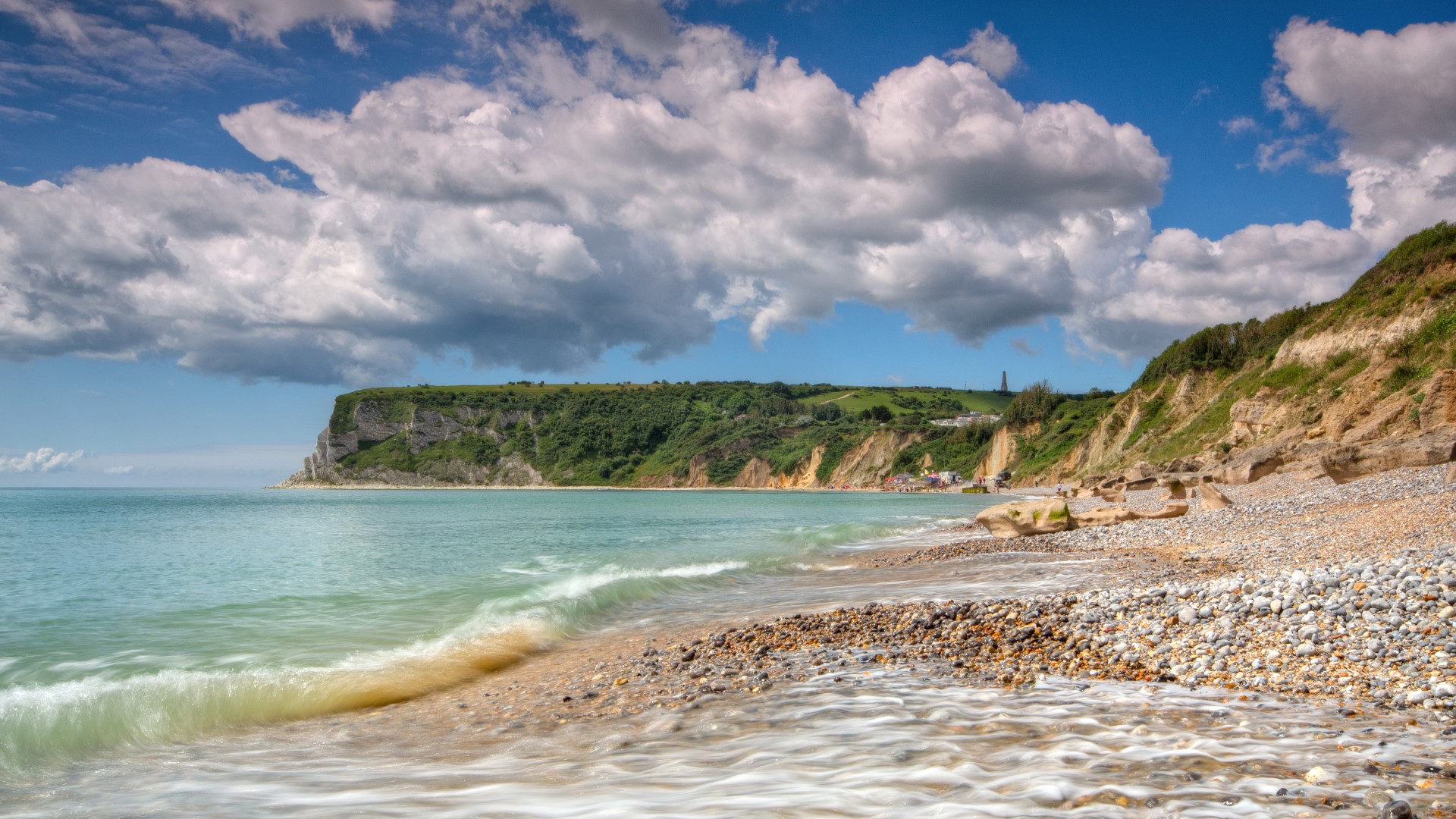
From Luccombe round to Shanklin is best for the deep sea world, although there are still some ammonites, and you can find a lot of shellfish including enormous fossilised oysters. If you are making a foray along the beach to Luccombe from Shanklin make sure you leave an hour each side of low tide to get there and back as the steps at the Luccombe Chine end are broken. Carry on around the Island and it is Yaverland that is the next cliff-bordered beach and luckily it’s one of the best for dinosaur hunting. You can book a guided walk at Dinosaur Isle on the seafront to get a feel for the type of thing you can hope to find. Round the chalk headland (but not literally as it is treacherous) and you are at Whitecliff Bay, a geologists heaven where you can collect from the Upper Chalk, London Clay, Reading Clay, Bagshot Beds, Bracklesham Beds, Barton Clay, Fishbourne Member, Cliff End Member, Totland Bay Member, plus much more – but these are all tertiary and yield no dinosaur fossils.
BEMBRIDGE TO NEWTOWN
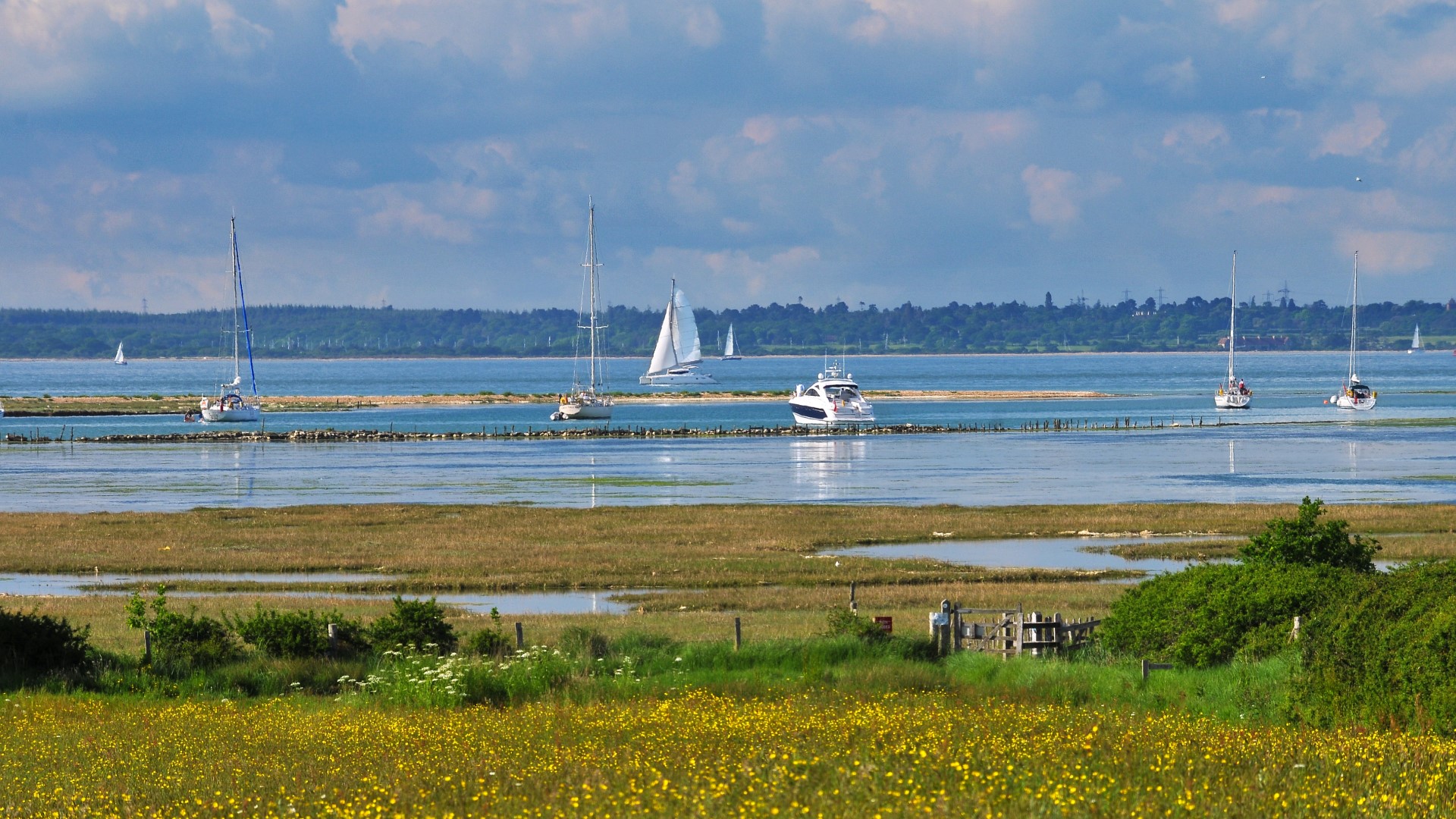
A little further and you’re in Bembridge and the Bembridge limestones date from the tertiary period as do all the strata to the north of the chalk ridge. The small low cliffs yield a range of different brachiopods and bivalves. Gurnard to the west of Cowes is a classic location for finding insects, which are found in the Bembridge Marls (Eocene age), and over 200 species have been found. Today, the famous insect bed has become less productive, but specimens can still be found. Carry on down this coast and the insect beds of the Bembridge Marls at Gurnard meet the Hamstead beds that continue on down to Yarmouth. These early Oligocene beds of Hamstead have fossils of mammal, crocodile, turtle, crustaceans and fish remains. Molluscs, plants and seeds can also be found simply lying on the foreshore. Newtown estuary is a good place to find mammalian fossils and the National Trust have some on show in their education centre at Newtown, but the beds are tidal and muddy.
For more Island inspiration, see our Explore section.
Find Ways To Save.
Book your ferry travel to the Isle of Wight today!


